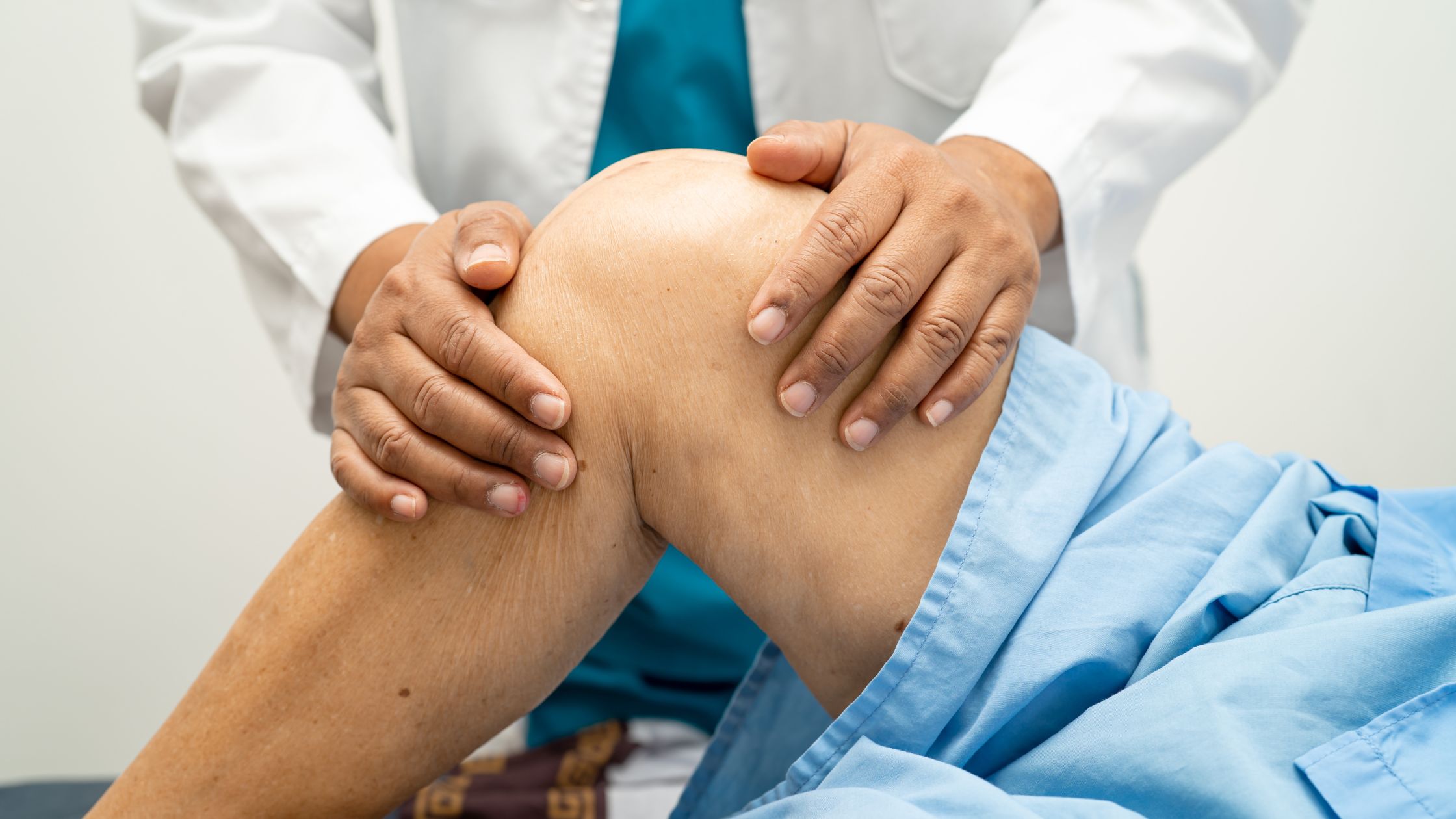Varicose veins and CVI affecting millions of people worldwide cause pain and sometimes big problems. Although traditional treatments like separating veins were originally normal, today offers a minimally invasive choice including contemporary medical endovenous laser treatment (EVLT).
EVLT is a reliable and efficient outpatient procedure that employs laser energy to address problematic veins. This article examines EVLT, detailing its functionality, advantages, potential risks and what patients should anticipate during and following the procedure.
What Is EVLT (Endovenous Laser Treatment)?
Endovenous Laser Treatment (EVLT) is a minimally invasive procedure designed to address varicose veins and venous reflux disease. The procedure entails the insertion of a laser fiber into the targeted vein with the assistance of ultrasound guidance. The laser delivers precise heat energy, resulting in the collapse and sealing of the vein. As time progresses, the body naturally absorbs the blocked vein, allowing blood to be redirected to healthier veins.
With reduced scarring, a faster recovery and less pain, EVLT presents a substitute for conventional vein stripping surgery. Common sources of venous reflux, the great saphenous vein (GSV) and small saphenous vein (SSV) are treated mostly with it.
How Does EVLT Work?
EVLT is a laser treatment that successfully seals and heats veins that are not working properly. A comprehensive description of the process is provided below:
Pre-Procedure Evaluation
A vascular specialist maps the veins and finds the exact location of venous reflux by doing a duplex ultrasonic scan before EVLT. This lowers hazards and ensures exact therapy.
Local Anesthesia and Vein Access
- Area is cleansed and numbed with local anesthesia while patient lies down.
- A tiny needle puncture is done near the affected vein, typically near the knee or ankle.
- An ultrasound-guided tiny laser fiber catheter is guided into the vein.
Laser Activation and Vein Closure
- Activating the laser heats vein walls.
- The heat causes the vein to seal tight and collapse, therefore blocking off circulation from that point.
- The procedure generally requires between 30 to 60 minutes, based upon the size and quantity of veins being dealt with.
Post-Procedure Care
- After removing the catheter, a little bandage is put on.
- To help healing and stop blood clots, the patient is advised to wear compression stockings for 1-2 weeks.
- Walking is recommended promptly to enhance circulation.
Benefits of EVLT
EVLT offers several advantages over traditional vein treatments:
- Minimally Invasive: Not required large incisions, a small needle puncture is needed.
- Outpatient Procedure: Patients leave for home the same day.
- Quick Recovery: Within 24 to 48 hours most people start regular activities.
- High Success Rate: Closing treated veins is more than 95% successful.
- Minimal Scarring: There are no noticeable scars in comparison to vein stripping.
- Reduced Pain and Bruising: Reduced discomfort compared to surgical alternatives.
Who Is a Good Candidate for EVLT?
EVLT is ideal for patients with:
- Symptomatic varicose veins (pain, swelling, heaviness)
- Venous reflux disease
- Spider veins (when combined with sclerotherapy)
- Leg ulcers caused by venous insufficiency
However, EVLT may not be suitable for:
- Pregnant women
- Patients with deep vein thrombosis (DVT)
- Individual with severe arterial disease
A vascular specialist will determine if EVLT is the right treatment based on an ultrasound and medical history.
Potential Risks and Side Effects
While EVLT is generally safe, some possible side effects include:
- Mild bruising or swelling (common, resolves in days)
- Temporary numbness near the treated vein
- Skin burns (rare, if laser settings are incorrect)
- Deep vein thrombosis (DVT) (very rare with proper post-procedure care)
EVLT Recovery: What to Expect
Patients might walk straight away to encourage circulation shortly after the procedure. Some people may be mildly uncomfortable, which OTC painkillers help to control.
First Week
- As directed by your vein doctor, wear compression stockings.
- Avoid heavy workout but stay active with walking.
- Some bruising or tightness is normal.
Long-Term Recovery
- Most patients see full results within 2-6 weeks.
- Follow-up ultrasounds ensure the vein remains closed.
- Spider veins may require additional treatments like sclerotherapy.
Conclusion
For varicose veins and venous insufficiency, EVLT is a very good, minimally invasive solution. It has evolved as a preferred treatment over conventional vein stripping with a short procedure, little downtime and outstanding success rates. See a vascular specialist to find out whether EVLT is appropriate for your painful, bloated, or ugly vein condition. Early therapy might enhance your quality of life and help to avoid issues. Knowing how EVLT operates helps patients decide how best to maintain their vein health. See a competent vein specialist for individualized guidance if you are consider this treatment.
FAQs about EVLT
Q: Is endovenous laser treatment painful?
A: Most patients feel light discomfort during and after the process. Local anesthesia reduces pain.
Q: What is the duration of EVLT effectiveness?
A: Treated veins are usually permanently closed, but new veins may develop over time.
Q: Is EVLT followed by activity restrictions?
A: Avoid lifting heavy stuff and acute exercise for a week, but walking is encouraged.
Q: Does insurance cover EVLT?
A: Many insurers cover EVLT if it is medically necessary (e.g., for pain or ulcers). Cosmetic cases may not be covered.
Q: Are spider veins treatable with EVLT?
A: EVLT targets larger veins, but sclerotherapy or surface lasers can treat spider veins.
